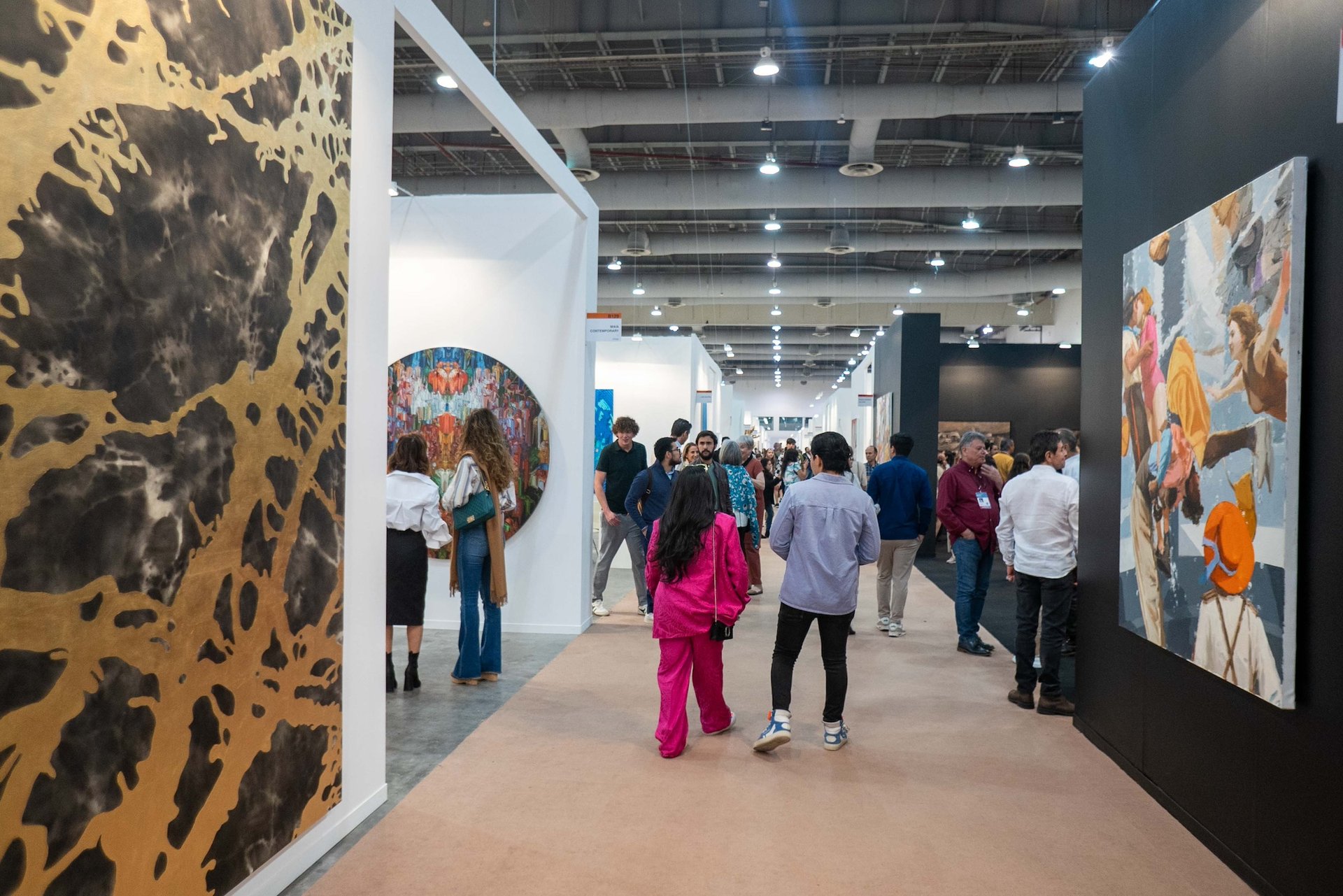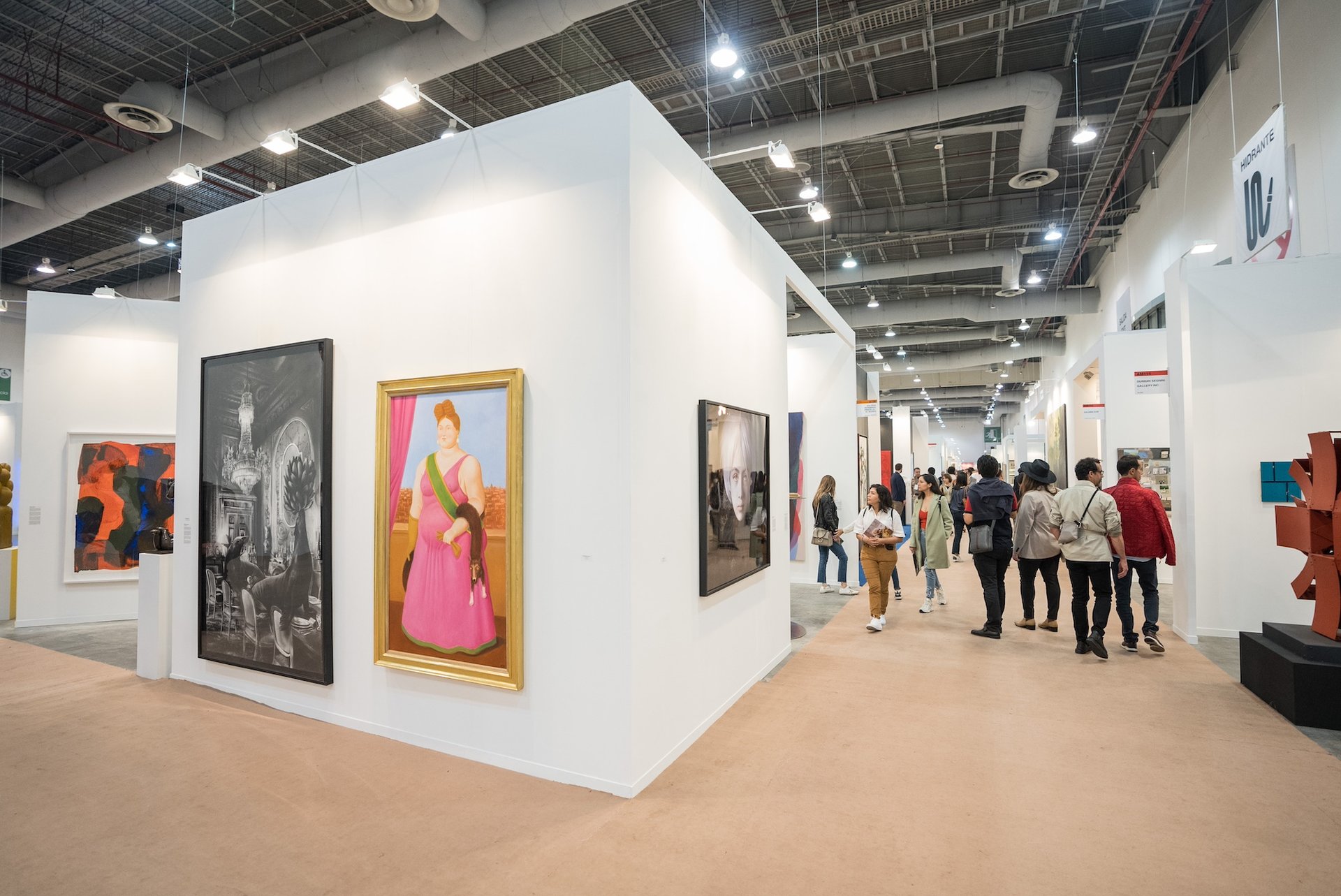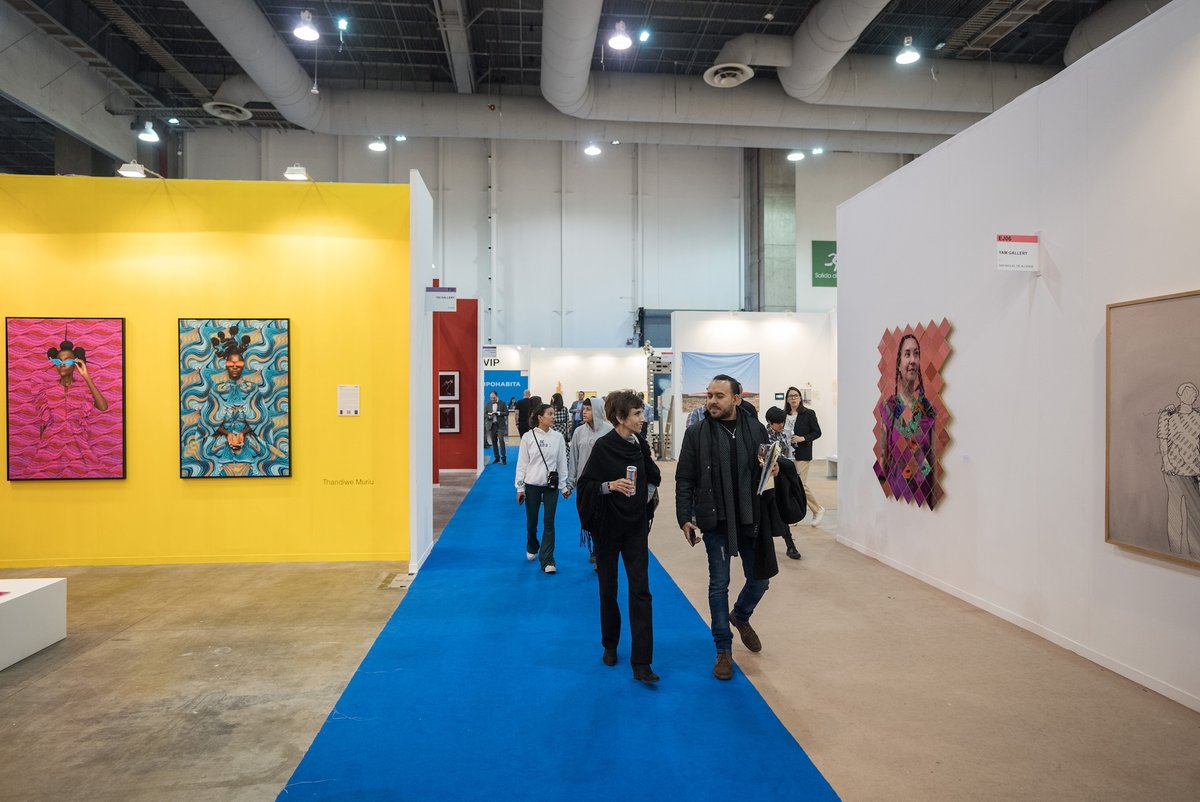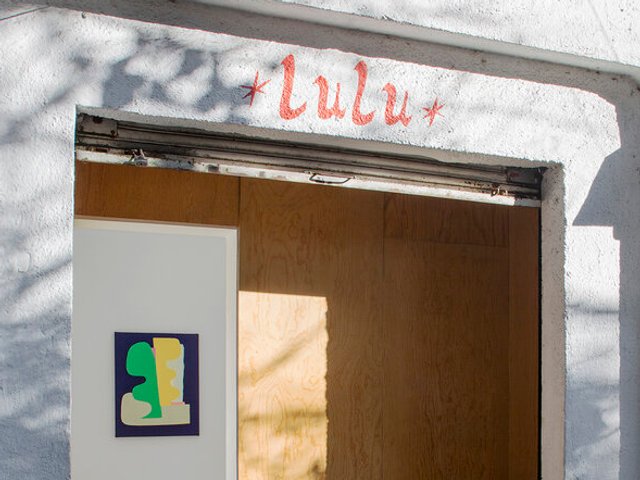This year Mexico City’s Zona Maco art fair, the biggest in Latin America, is celebrating its 20th anniversary. It launched as a discrete endeavour that Zélika García founded to promote Mexico’s art scene and has grown into a mega-fair with 208 exhibitors from 25 countries—all the while remaining true to that original vision.
Initially launched in Monterrey, the fair soon relocated to Mexico City, which García views as “the centre of the world” due to its optimal flight connections and innumerable cultural offerings. From its early years with around 40 galleries, it now brings hundreds of exhibitors to the Centro Citibanamex complex. “I am proud of doing something for my city and granting local and foreign galleries a platform next to strengthening the local collector base,” García says.
This year’s edition will feature celebratory programming like the Forma initiative showcasing site-specific or historic projects across the fair by some of the local, longtime exhibitors like Arróniz, Galería de Arte Mexicano, Kurimanzutto and Galería OMR. It is also the first edition since the hiring of the Cuban curator Direlia Lazo as the fair’s artistic director, succeeding Juan Canela. And the fair will grant an unprecedented $100,000 prize to the artist and exhibitor who receive the most votes from visitors.

Zona Maco founder Zélika García Courtesy Zona Maco
Zona Maco has developed in parallel with Mexico’s contemporary art scene, which began to flourish in the late 1990s but has a rich tradition going back decades with artists, galleries and fairs like Expo Arte Guadalajara paving the way. “Zélika knew how to read a moment and brought together the key players at the time,” says Patricia Ortiz Monasterio, co-founder of Galería OMR, which opened in 1983. Over time, the fair and the local scene have evolved in tandem with the country’s collector base, which has expanded and now counts widely known figures like Eugenio López—who, coincidentally, was the first to buy a stand at Zona Maco through his and Esthella Provas’s since-shuttered Los Angeles gallery Chac-Mool.
“Maco is a reflection of the growing local scene of which the fair was part of and propelled,” says José Kuri, co-founder of Kurimanzutto, which is marking its 25th anniversary this year and is opening a hotly-anticipated Gabriel Orozco exhibition this week.

Visitors at the 2023 edition of Zona Maco Courtesy Zona Maco
“The fair grew into a catalyst for other projects resulting from the collaborative efforts of the local art community,” says Cristóbal Riestra, the owner of OMR. This is reflected in the emergence of satellite fairs, like Material (launched in 2014) and Salón Acme (2013), but also in the programming staged in galleries, museums and public spaces around the city during the week of the fair. Zona Maco “offers both the fair and Mexico City”, says Gustavo Arróniz, the owner of Arróniz, to which gallerist Enrique Guerrero, participating in a commemorative 20th edition talk at the fair, adds: “Zélika took a big risk and ultimately succeeded as nowadays Maco gathers all the local galleries and showcases the city’s unique gastronomy and culture.”
However, a Mexican fair also poses challenges connected to the country’s economic crises, fluctuating currency, cuts to cultural budgets and staggering inequality—41.2% of Mexico’s wealth is held by 1% of the population, according to a 2023 report by the Economic Commission for Latin America and the Caribbean. Local and global catastrophes like the 2017 earthquake and Covid-19 have also had long-lasting impacts on Mexico City. The pandemic accelerated a phenomenon that was already changing the city in a variety of ways: waves of foreigners, mostly digital nomads from the US, to neighbourhoods like Roma and Condesa. “More than half of our visitors are foreign and affluence has increased substantially,” says Rafael Yturbe, the director of Galería de Arte Mexicano, one of the city’s oldest galleries.

Visitors at the 2023 edition of Zona Maco Courtesy Zona Maco
This supercharged gentrification is not confined to residential real estate; even before the pandemic, several European galleries had opened locations in the city, like Madrid’s Travesía Cuatro and Stockholm’s Nordenhake. Since 2020, this has accelerated with the arrival of Los Angeles’s Morán Morán, Chicago’s Mariane Ibrahim, New York’s Deli Gallery and the upcoming opening of Berlin’s König Galerie.
“This new presence makes foreign institutions look at the city with new eyes,” García says. She adds that in 2023 Zona Maco saw record numbers of museum groups visit, and international confirmations are again on the rise this year. “The city is big enough for everyone, this shift challenges the current players and is part of a global phenomenon.”
- Zona Maco, Centro Citibanamex, Mexico City, 7-11 February



